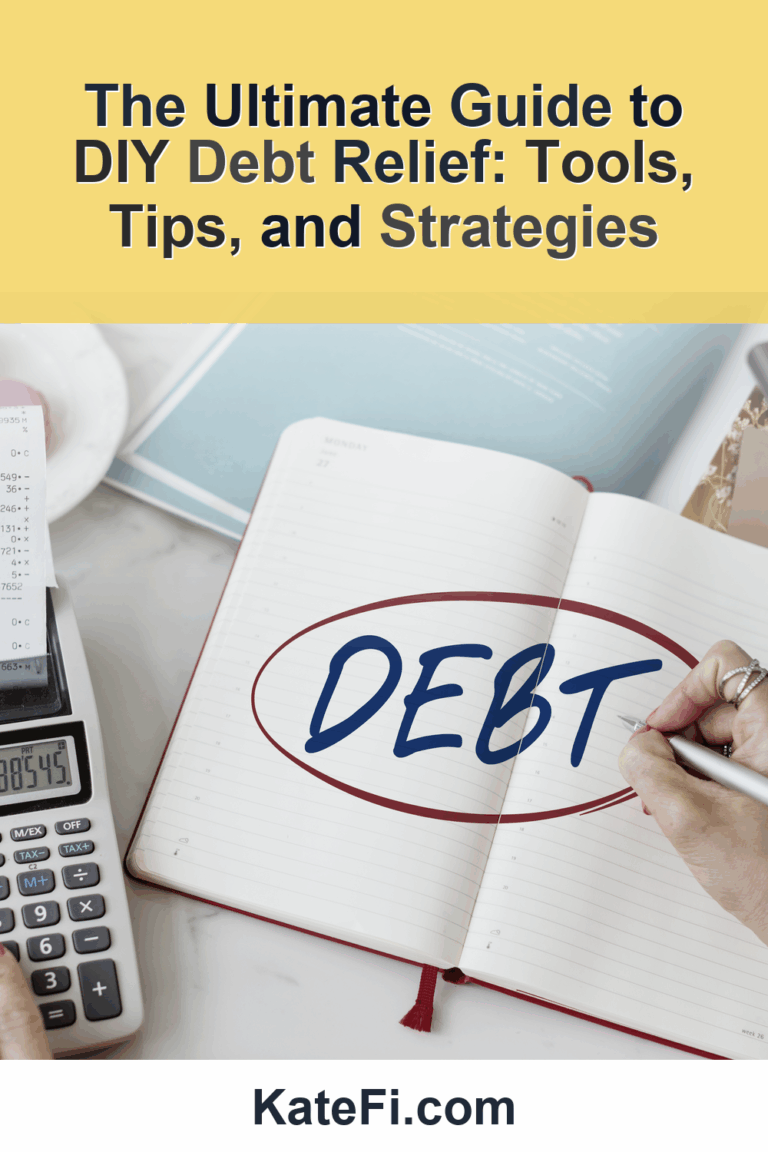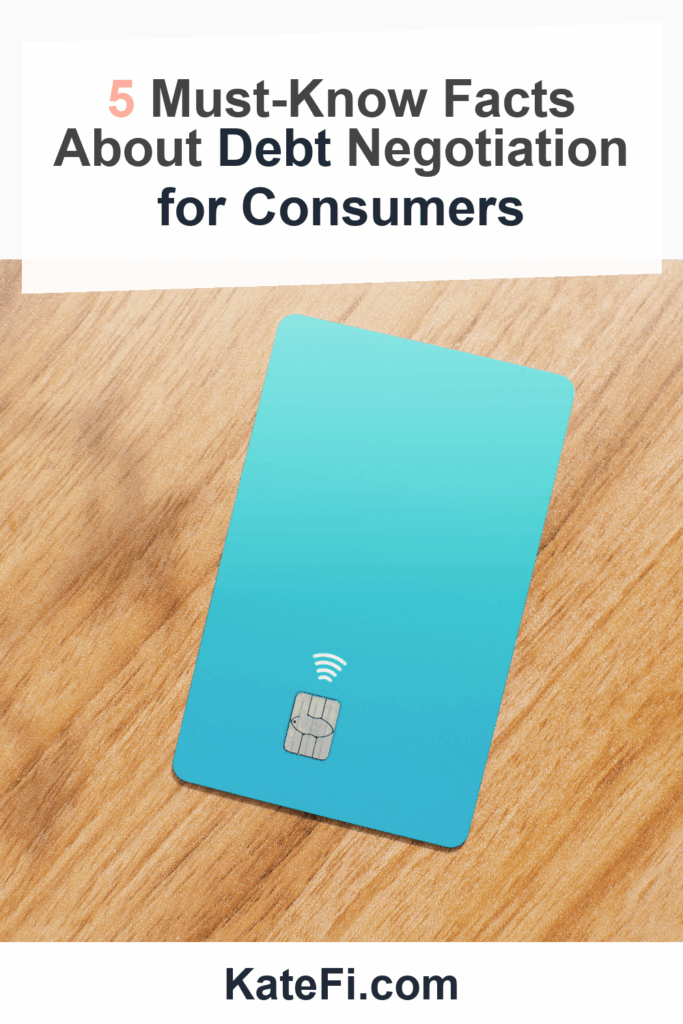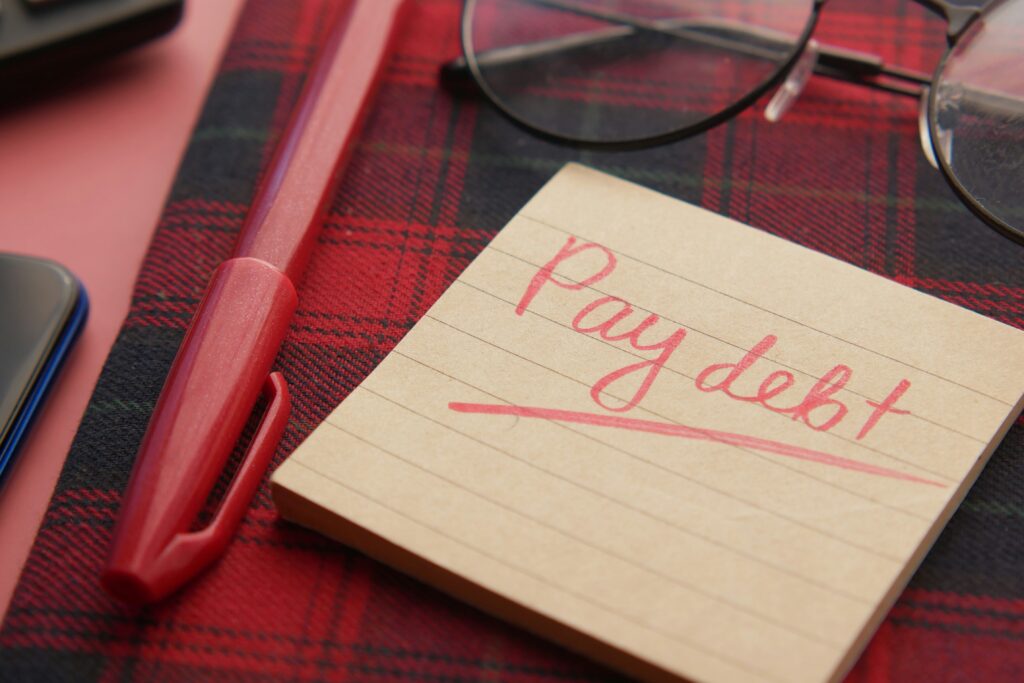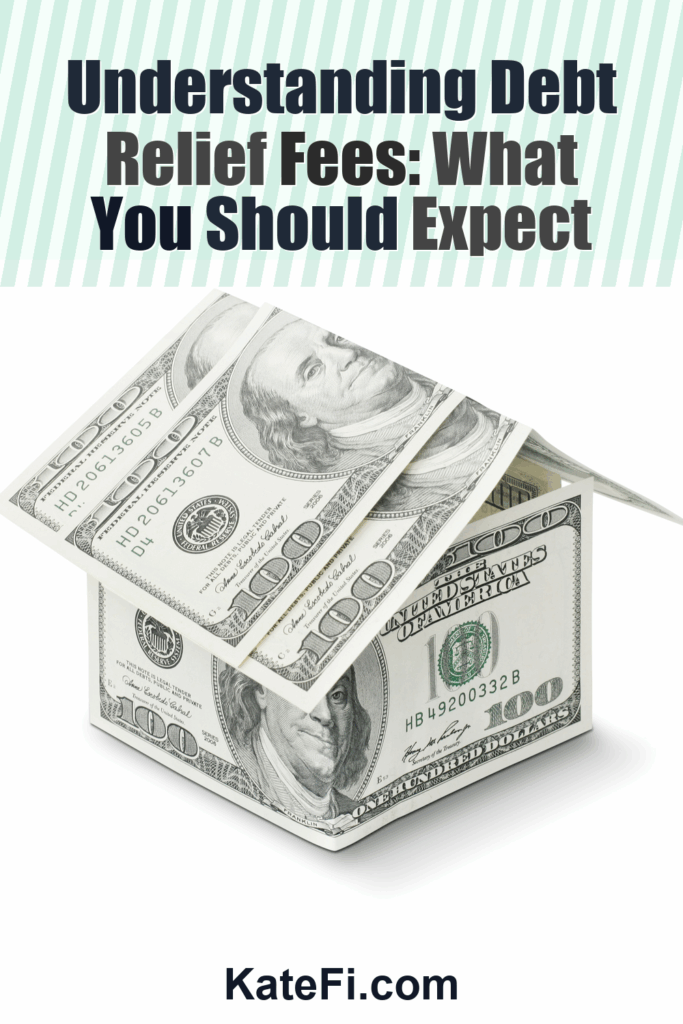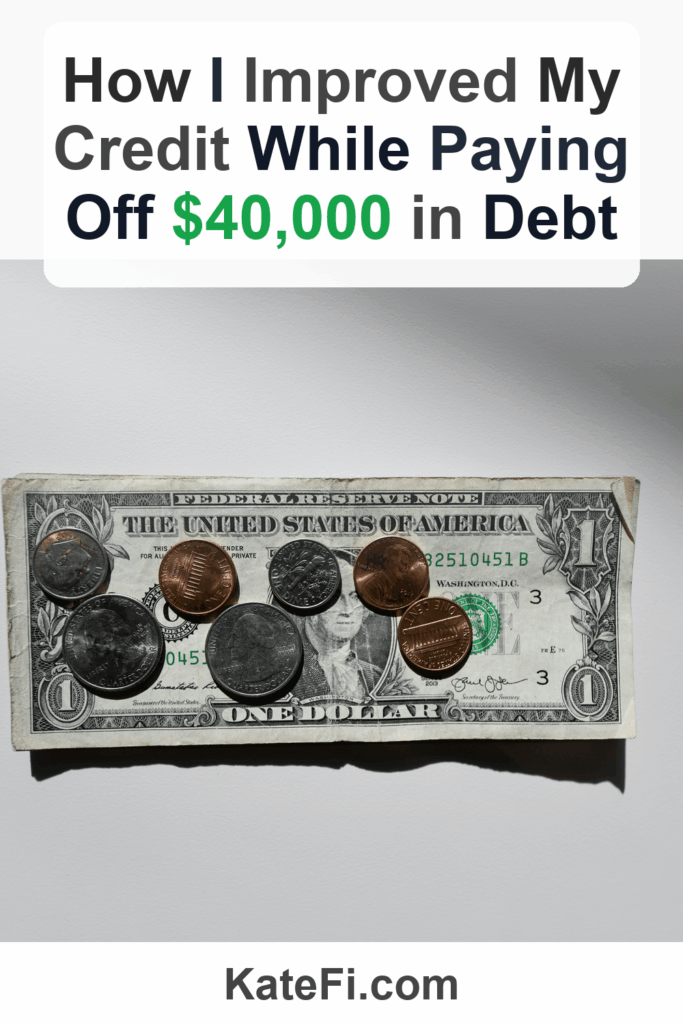The Ultimate Guide to DIY Debt Relief: Tools, Tips, and Strategies
Navigating the murky waters of debt can be overwhelming. The good news is, with the right tools and strategies, you can take control of your finances and embark on a journey towards debt relief. In this ultimate guide, we’ll explore DIY debt relief options, highlight essential tools, share valuable tips and common pitfalls, and discuss when to consider bankruptcy consultations.
Love our content? Show your support by following us — pretty please!🥺
FOLLOW ON PINTEREST
Hi! I’m Kate, the face behind KateFi.com—a blog all about making life easier and more affordable.
Understanding Your Debt Situation
What You’ll Learn on the Call
- Estimated timeline and monthly payment range
- How credit may be affected in the short term
- What documents to gather to move faster
Not available in IL, KS, OR, TN, UT, WV.
Before you dive into DIY debt relief strategies, it’s crucial to assess your current financial standing. Here are a few steps to start with:
- List Your Debts: Gather all your debt information, including credit card balances, loans, and any outstanding bills.
- Calculate Monthly Payments: Determine how much you’re currently paying towards each debt each month.
- Analyze Interest Rates: Knowing your interest rates can help you prioritize which debts to tackle first.
- Create a Budget: A well-planned budget will give you a clearer picture of your income and expenses.
With this foundational information, you’re ready to explore tools and strategies that can help you achieve debt relief.
Essential Tools for DIY Debt Relief
While every situation is unique, several tools can empower you on your debt relief journey. Here’s a quick overview:
| Tool | Description | Best For |
|---|---|---|
| Budgeting Apps | Software that helps you track income and expenses. | Managing monthly cash flow. |
| Debt Snowball Method | A debt repayment strategy focusing on paying off smaller debts first. | Gaining momentum and motivation. |
| Credit Counseling | Professional advice to help create a repayment plan. | Guidance through complex debt issues. |
| Negotiation Scripts | Templates for negotiating lower interest rates or settlement amounts with creditors. | Reducing overall debt burdens. |
These tools, combined with your determination, can pave the way to effective debt relief.
Pro Tips for Effective Debt Management
1. Start Budgeting Wisely
A budget isn’t just a restrictive plan; it’s a roadmap to financial freedom. Allocate a portion of your income to savings, essential expenses, and debt repayment. Review your budget monthly to identify areas for adjustments.
2. Consider the Debt Snowball Method
The Debt Snowball Method involves paying off your smallest debt first while making minimum payments on larger debts. As you eliminate debts, you gain momentum and motivation—important factors in your debt relief journey.
3. Build an Emergency Buffer
Unexpected expenses can derail your repayment plans. Aim to save at least $1,000 for emergencies. This buffer will help you avoid additional debt during financial surprises.
4. Communicate with Creditors
Don’t shy away from communicating with your creditors. They may be willing to negotiate lower payments, interest rates, or even debt settlements. Use negotiation scripts to help you communicate clearly and confidently.
Common Pitfalls to Avoid
While the DIY approach to debt relief can be effective, several pitfalls can hinder your progress:
1. Ignoring the Root Cause of Debt
Simply addressing your current debts without understanding their origins can lead to future financial issues. Identify patterns, whether it’s overspending or lack of financial literacy, and work to resolve them.
2. Underestimating Living Expenses
When budgeting, some people overlook small but regular expenses, leading to cash flow issues. Be thorough in accounting for all expenses, even discretionary spending.
3. Over-Reliance on Credit
Avoid using credit cards for new purchases until your debt is manageable. Relying on credit while trying to reduce existing debt can exacerbate your financial situation.
4. Neglecting Professional Help
If your situation feels overwhelming, seeking professional guidance may be wise. While DIY strategies are helpful, bankruptcy consultations can provide clarity on your best options.
✅ See If You Qualify for Debt Relief
When Bankruptcy Consults Make Sense
If you find that your debts are insurmountable, you might consider consulting a bankruptcy attorney. Here are signs that it might be time for a professional consultation:
- Consistent Inability to Make Payments: If your monthly payments exceed your income, professional help could provide clarity.
- Frequent Collection Calls: If creditors are hounding you for payments, it may be time to explore your options with a bankruptcy specialist.
- Legal Actions: Facing lawsuits from creditors is a clear indication that your financial situation requires urgent attention.
- Persistent Stress and Anxiety: If the burden of debt is affecting your mental health and wellbeing, don’t hesitate to seek help.
Bankruptcy is not a failure; rather, it’s a potential path to a fresh start. While it may have implications for your credit score, understanding its benefits and consequences is crucial.
The Credit-Impact Discussion
It’s essential to be aware that pursuing debt relief can impact your credit score. For instance, filing for bankruptcy can stay on your credit report for up to 10 years, while debt settlements may be noted as “settled” rather than “paid in full.”
Gathering certain documents can expedite your debt relief consultation:
- Income statements (pay stubs, tax returns)
- Details of all debts (bills, statements)
- Asset documentation (bank statements, property ownership)
- Monthly living expenses (rent, utilities)
Organizing these documents can facilitate a faster and more efficient review of your financial situation.
Action Steps to Take Now
Now that you have a comprehensive understanding of DIY debt relief tools, tips, and strategies, it’s time to take action. Here’s a quick checklist:
- Assess Your Financial Situation: Gather all your debt information and calculate your monthly payments.
- Set Up a Budget: Create a realistic budget that prioritizes debt repayment and emergency savings.
- Choose a Debt Relief Tool: Pick one or more tools (like budgeting apps or negotiation scripts) that suit your needs.
- Start Communicating with Creditors: Use negotiation scripts to lower interest rates or create repayment plans.
- Consider Professional Help: If necessary, don’t hesitate to consult with a bankruptcy attorney for guidance.
✅ See If You Qualify for Debt Relief
In Conclusion
Taking charge of your financial health is a commendable step towards a more secure future. With the right strategies, tools, and resources at your disposal, you can navigate the challenges of debt relief effectively. Remember, while DIY methods can work wonders, knowing when to consult with a professional is equally vital.
For more personalized assistance, don’t forget to consider getting a free consultation to review your options. It could be the first step toward reclaiming your financial independence.
Important: This content is for education only—not legal, tax, or financial advice. Results and eligible programs vary by situation and state. Fees apply if you enroll and complete a program. Debt relief can affect credit; missed payments may lead to collections/lawsuits. Not available in IL, KS, OR, TN, UT, WV.

